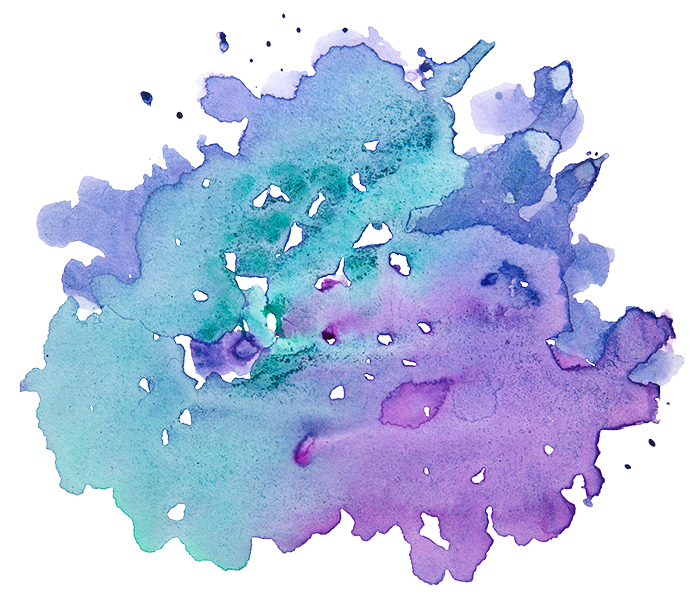by Sarah Resnick
 Jenna Weissman Joselit’s recent column in The Forward “Why The Status of Judaica is Waning” wonders whether Judaica is now passé given that museums are turning away collections of intricately decorated menorahs and Kiddush cups, and invites readers to “re-engage with Judaica, if not on its own terms then as pieces of our past.” I would propose a third option: let’s also broaden our understanding of what Judaica is, who it is for, and where it is found.
Jenna Weissman Joselit’s recent column in The Forward “Why The Status of Judaica is Waning” wonders whether Judaica is now passé given that museums are turning away collections of intricately decorated menorahs and Kiddush cups, and invites readers to “re-engage with Judaica, if not on its own terms then as pieces of our past.” I would propose a third option: let’s also broaden our understanding of what Judaica is, who it is for, and where it is found.
Our ritual objects are not just pieces of the past, or merely Judaica. They serve as the foundation of culture and tradition, and a reminder of how Jews joined cultural conversations throughout history. As Joselit explains, Judaica’s early roots came from the need to prove to the world that Jews could also make intricate and technically complicated works of art. Today’s Jewish artists don’t need to prove their basic worth, and so have space to widen the conversation and create work that interprets Jewish ritual objects in fresh and surprising ways.
The world of Judaica is facing the same questions the broader Jewish community is wrestling with: how do we stay relevant in a world where people have many options for how to engage with ritual and religion, and are actively choosing whether Judaism will play a meaningful part in their lives?
These conversations are not just happening in museums and synagogues. When I attended a recent art opening at Mayyim Hayyim, I was intrigued to learn that when it opened in 2004, it was the only mikveh in the country with an art gallery on site. For me, walking through the front door of Mayyim Hayyim feels like an embrace, like you’re being offered a blessing written just for you.
In the current exhibit that went up around Passover, two artists, Christopher Watts and Elizabeth Cohen, explore new interpretations of vessels commonly used at a seder to depict the journey from  slavery to freedom. Cups, goblets, plates, and bowls line the walls of the gallery. Most of the work is not something you would recognize as a traditional kiddush cup or seder plate, and certainly not something you would expect to find at a mikveh. And yet on a snowy Boston night last winter, when the rest of the city stayed hunkered down in their homes, the Mayyim Hayyim gallery was packed with people who had turned out to hear the artists describe their explorations of ritual objects. Mayyim Hayyim is redefining what contemporary Jewish art and ritual can look like, and people are hungering to participate and engage.
slavery to freedom. Cups, goblets, plates, and bowls line the walls of the gallery. Most of the work is not something you would recognize as a traditional kiddush cup or seder plate, and certainly not something you would expect to find at a mikveh. And yet on a snowy Boston night last winter, when the rest of the city stayed hunkered down in their homes, the Mayyim Hayyim gallery was packed with people who had turned out to hear the artists describe their explorations of ritual objects. Mayyim Hayyim is redefining what contemporary Jewish art and ritual can look like, and people are hungering to participate and engage.
As an emerging Jewish artist, I hope to contribute to a conversation that invites everyone in, and that learns from and reacts to the world around us while drawing from our rich traditions and stories. I am grateful that the Boston Jewish community has a resource like Mayyim Hayyim at our doorsteps, pushing us to re-imagine and re-engage with the Jewish rituals and objects that have sustained us for thousands of years.
If we judge our community’s interest in Judaica by whether museums are turning away elaborate menorahs, then it is a natural conclusion that the interest in Judaica is waning. But let’s not get so caught up on what Jewish art used to look like that we miss what’s happening today. The interest in menorahs displayed inside of glass cases may be declining, but the imagination of the Jewish artist is alive and thriving.
Visit Mayyim Hayyim’s gallery to view Vessels: Holiness in Hand before it closes, at the end of July.
Sarah Resnick is the founder of Advah Designs, offering a collection of handcrafted Jewish prayer shawls and wedding canopies. Join her in exploring contemporary and inclusive Jewish ritual objects here.

